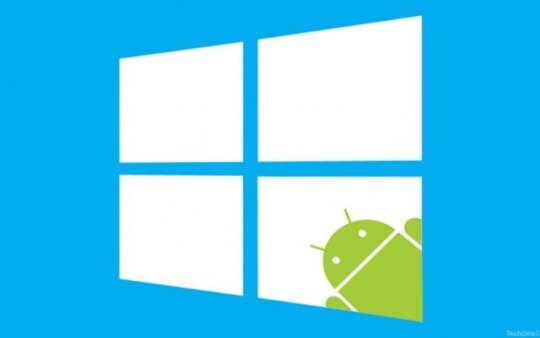Don't wanna be here? Send us removal request.
Text
Android App Advance for Beginners
Steps to construct Your own personal Android Application Should you be reading this article tutorial, it indicates you are probably a new comer to the Android app development services. Don't worry, we're going to divide this tutorial into different parts to restore simple for you. The guide offers basic and useful information regarding android app development for newbies. We should get started following these steps: Before you start, you will find three considerations that you need to know, for example: Operating system is made using Java, so know-how about Java is obviously an advantage if you wish to develop an application for Android. Then, you need to get Android SDK, which is Android's basic app writing program like Android Studio or Eclipse, the Java Software Development Kit (JDK). The built-in options that come with Android SDK supply the base required to build some good mobile phone applications and providing a great potential for developers and entrepreneurs. Now, you might be in a position to start! The first step: Begin with Android Studio The commonest IDE for Android development is Android Studio, that will come from Google itself. The amazing aspect of Android Studio is it was created especially for Android app development services. Step # 2: Installing Java Development Kit (JDK) As soon as the installation of Android Studio, it is time for some better action! In addition, you should install Java on the machine to work with Android Studio. The JDK will be able to interpret and compile your code for the application development. Step three: Start Any project Choose 'Start a whole new Android Studio Project' option. Enter in the name you desire for your application plus your 'company domain'. Every one of these elements will probably be employed to make your package name in a format like:

com.companyname.appname This APK ('Android Package File') that you'll in the end upload for the Google Play Store. Step four: Select Activity Moreover, you may be given the choice to choose the way you would like the app to consider the beginning. This will be the look of much of your 'Activity Module' which can be basically the main page of your respective app. There are many fields available that you've got to choose as outlined by your app needs, such as templates, title, entry to Google maps, full-screen activity, blank activity etc. As per my view, it's better to select 'Basic Activity' to help keep things as fundamental as possible and for all intents and purposes. Step 5: Selecting the Layout Now, you will need to choose a layout reputation for the chosen activity. This can define that where elements like images and menus go and what fonts you'll use. Choose a good name for recption menus and title as well. Pick something attractive for the title, because your users are able to check this out at a few points. Step 6: Edit the Welcome Message Go to the activity_main.xml tab when not open. Click and drag the "Hello, world!" from your upper left corner of the phone display for the core of the screen. Go on the values folder, and double-click the strings.xml file. Within this file, get the line "Hello world!" and add "Welcome to my App!" Step 7: Adding Button to your Activity In the Palette menu on the left of display, find Button. Click and drag Button to get positioned beneath welcome message. Afterward, check out properties and find the sector for text. Change the text from "New Button" to "Next Page". Now go back to your content_main.xml and then click the button. Within the right corner, where you have your parameters to the button, you may catch an alternative called 'onClick'. Visit this after which find the 'onClick'. By doing this, you have told Android Studio that you would like to associate the area of code together with the button created. Step 8: Test your App Finally, all that's missing to accomplish operates the app you merely made. Simple check out 'run' across the top and then select 'run app' from your drop-down menu. Keep to the steps to launch the emulator running your app. For more information about apps free download for pc check out this useful webpage.
1 note
·
View note